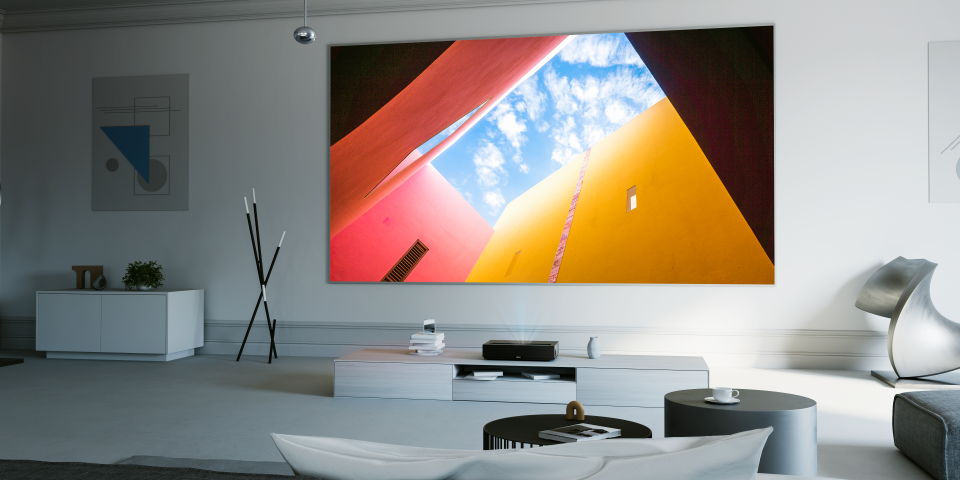When we are seeking for a projector, there is alway a crucial factor that we should look into: color gamut. So, what is the color gamut? Why does color gamut matter? What are the major color gamut requirements of modern projectos. This article will outline those typically used color gamuts in addition to recap what a color gamut means, such as why the idea is crucial for projectors.
What is Color Gamut?
The common definition of color gamut is the range of colors within the spectrum of colors, or visible color spaces that can be reproduced on an output device. Depending on how wide the gamut is, every screen will display different quantities of color. So you can consider color gamut as the palette of colors from which you can choose to create an image: that is the border the variety of colors in the palette, the richer the picture it can represent.
Why does Color Gamut Matter
Color gamut is a critical component of image quality as it tells you what number of colorings a projector can show. A huge color gamut tool will provide richer and greater reasonable colorings than widespread gamut devices. So as a consumer, in case you need colorful images and shiny colorings, it's critical to get a device with a wider color gamut.
Rec.709 vs DCI-P3 vs Rec.2020
As described above color gamut acts as a language for which to define colors, and like languages there are many different types. For current projectors on the market there are three main color gamut standards used : Rec.709 (also known as BT.709), DCI-P3, and Rec.2020.
- Rec.709
Rec. 709, also known as Rec.709, BT.709, and ITU 709, is a standard developed by ITU-R for image encoding and signal characteristics of high-definition television.
- DCI-P3
DCI-P3 (Digital Cinema Initiative) is used with digital theatrical motion picture distribution Display P3 is a variant developed by Apple Inc. for wide-gamut displays.
- Rec.2020
ITU-R Recommendation BT.2020, more commonly known by the abbreviations Rec. 2020 or BT.2020, defines various aspects of ultra-high-definition television. Rec. 2020 defines two standard image formats of 3840 × 2160 ("4K") and 7680 × 4320 ("8K")
In terms of the range of colors, among the three color gamut standards we discussed, the Rec.2020 covers the largest area of the visible color spaces. The Rec.2020 color space encompasses all three prior spaces with significantly greater coverage in the green region—with a green primary of 532nm. As the human eye is most sensitive to wavelengths in this region, Rec.2020 subsequently offers a gateway to unprecedented color purity with images that are not only more vivid than ever, but are more realistic.

